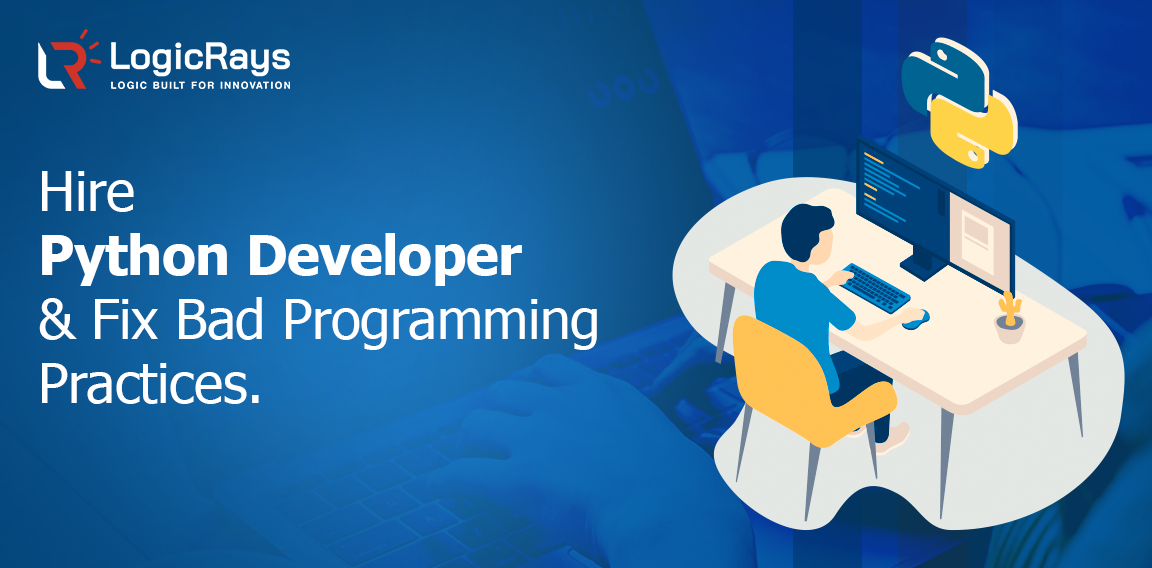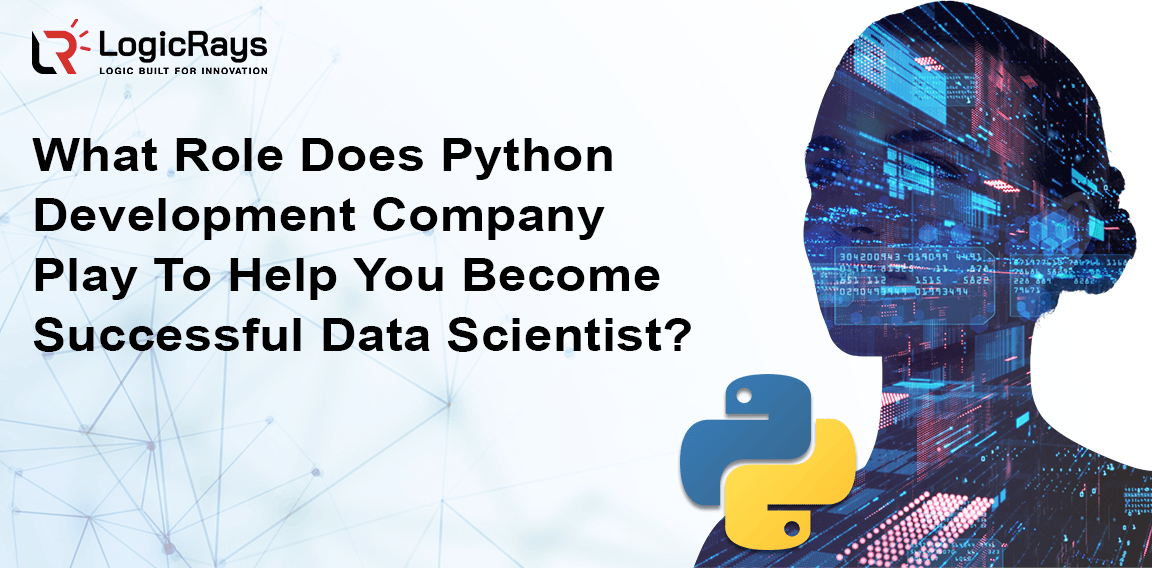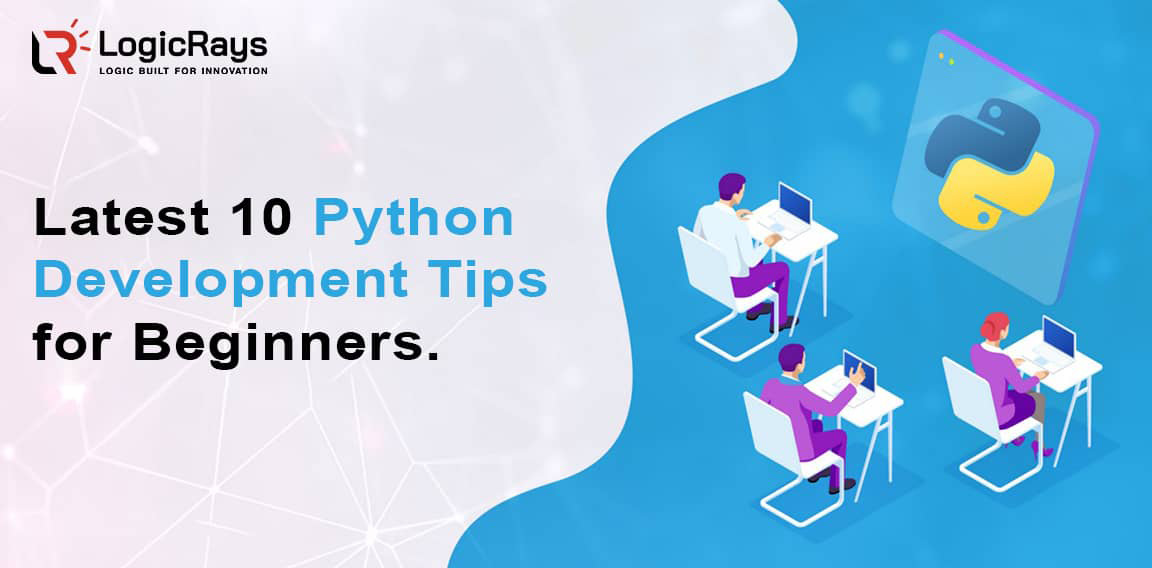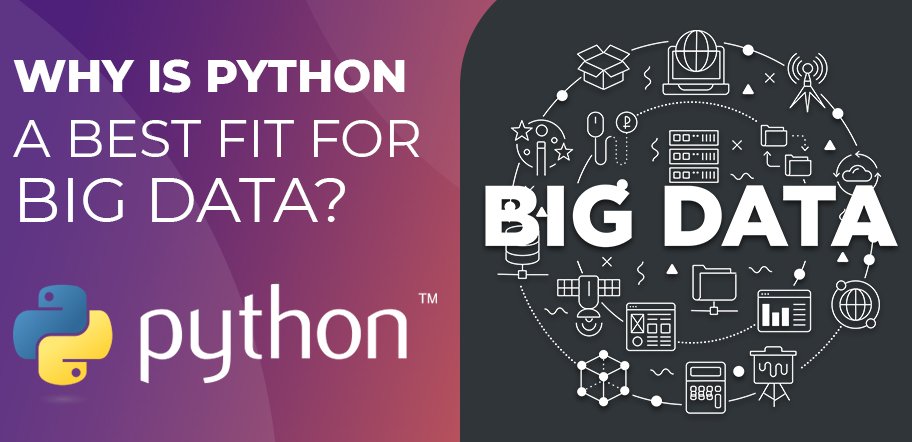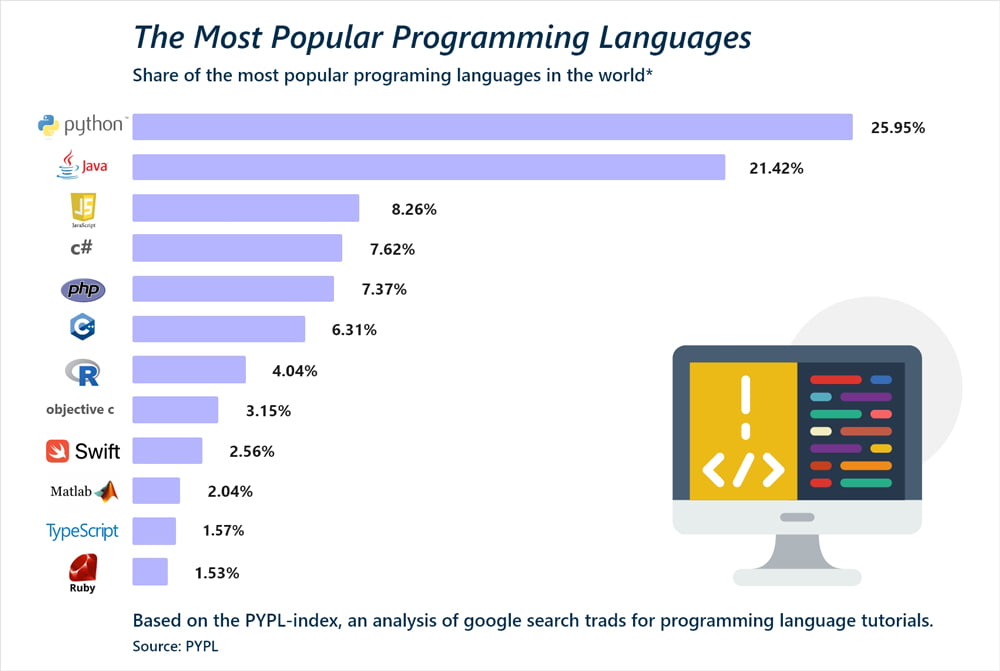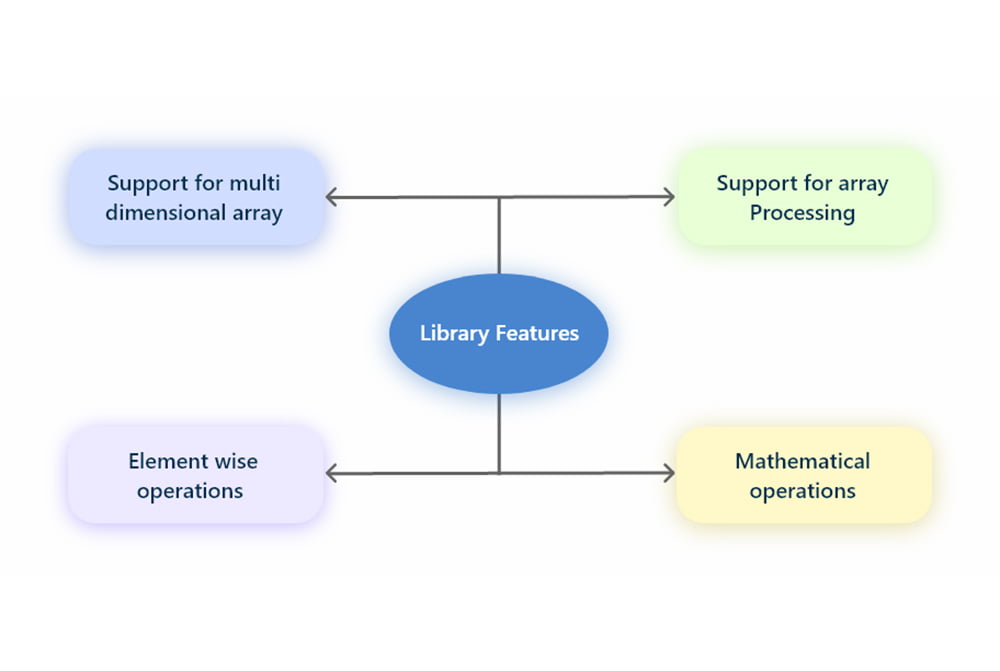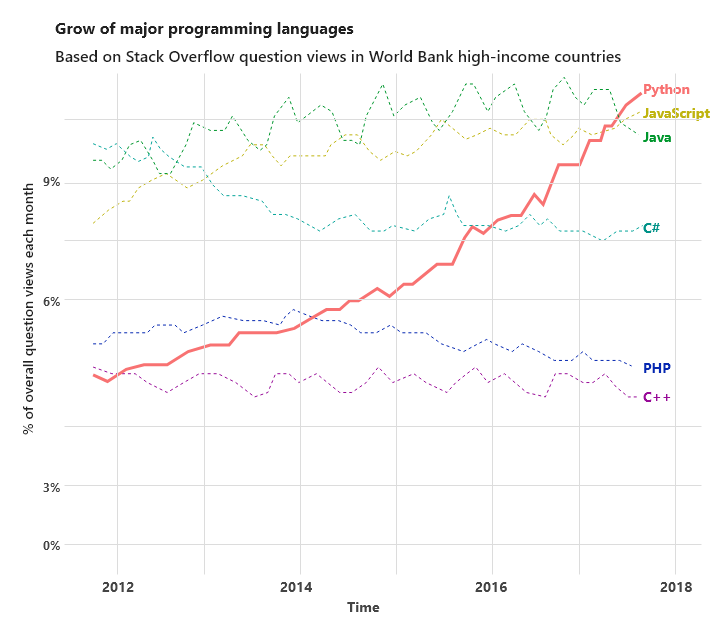Is your Python programming not so effective, which is why your productivity is decreasing? This blog will shed light on how opting for Python development services from a skilled and seasoned Python web development company can increase your ROI & productivity.
Here are some unique approaches or Python development tips and tricks that professional developers use to fix bad programming practices.
1) Make Use Of F-Strings
F-string is a widely used and essential utility offered by the Python programming language. It makes string concatenation seamless using a minimal amount of syntax. In short, using an f-string can easily combine both variables and string characters.
For example,
fruit = “Banana”
color = “Yellow”
print (“%s is delicious. It is %s in color.” % (fruit, color))
print (“{0} is delicious. It is {1} in color.” .format (fruit, color))
Output
Banana is delicious. It is Yellow in color.
Banana is delicious. It is Yellow in color.
Let us try this statement with the help of the f-string. Here is a code for it.
print(f”{fruit} is delicious. It is {color} in color.”)
Output
Banana is delicious. It is Yellow in color.
Keep in mind that f-strings are available only in the version greater than Python 3.6. Usually, when the code becomes lengthy, and you want to improve the readability of code, you should start using f-strings to get better results.
2)Use Try & Except Statements
There are some instances where you want to run execution even after a specific condition was fulfilled. However, they could not do it because of the error message displayed. When the error message is displayed, the program will automatically be terminated.
If you want to avoid such a situation during the Python web development of your project, you can use the try and except code block. Whenever the condition is satisfied, the code written in the try statement will be executed. When the condition is not satisfied, the code in the except condition will be executed.
For example:
C = 20
D = 0
try:
E = C/D
Print (f”Division Successful, The Quotient Is {E}”)
except:
print(“Zero Division Error Has Most Likely Occurred.”)
Output
Zero Division Error Has Most Likely Occurred.
3)Get In-Depth Knowledge Of Mathematical Operations
Whatever programming language you learn, there is a high chance that you will face some issues that will require you to use your mathematical skills. That’s why it is vital for you to have knowledge of some basic mathematical utilities that are offered by Python. Here are a few basic mathematical functionalities that every Python programmer should know how to use.
N = 10
M = 5
add = N + M
sub = N – M
mult = N * M
div = N / M
floor_div = N//M
mod = N % M
exp = N ** M
Output
Addition = 15
Subtraction = 5
Multiplication = 50
Quotient = 2.0
Floor Division = 2
Reminder = 0
Exponential Operation = 100000
Besides these, there are other mathematical operations offered by Python. In Python web development, you can even have access to the math library.
For example,
import math
a = 7.8
print(“The rounded value is:”, round(a))
print(“The ceiled value is:”, math.ceil(a))
print(“The floored value is:”, math.floor(a))
Output
The rounded value is: 8
The ceiled value is: 8
The floored value is: 7
4) Use Multiple Python Files
When you need to handle complex projects, you need to write multiple lines of code to complete the project. Sometimes these lines can be thousands or hundreds of lines. At the time of working on such projects, it is prudent to divide the content into separate files and make use of functions and classes to increase the overall efficiency.
For example, if you are working on a gaming project, it is good to utilize a few or more Python files to divide the code accordingly. You can separate the Python files for assets, utilities, and other required functions. In the main Python file, you can import all other programming files and create the necessary code. By doing so, the readability of the Python web development project will also increase.
5) Make Use of Better Debugging Techniques.
When you get any error while working on Python code, usually, it will get you to the specific line that shows the location of the bug. These mistakes can be logical, syntax, or run-time warnings. Most of the syntax-related errors can be easily solved, but when you are stuck at a specific point in your code for a long time, if you follow proper debugging techniques, it will be helpful.
You can use print statements to ensure your project goes as expected. Even you can comment off these statements and remove them, but at the time of working on a project, ensure you use them. It will help you in the proper debugging of your project. Once you are clear about basic Python programming, you can make use of Python IDE instead of a simple text editor. It will help you to identify smaller errors or sometimes bigger bugs by highlighting the instances. IDE can easily interpret it. You can even make use of Google search, GitHub, or StackOverflow, whenever you get stuck somewhere.
Wrapping Up
Programming is no more rocket science. If you understand its basics properly, it can be really easy. However, no matter how much pro you are in programming, you will find some issues that you won’t be able to solve easily. In such a case, you can take the help of a proficient Python web development service provider.
Hopefully, this blog has helped you to understand which Python development tips and tricks experts use to skyrocket their productivity. Still, if you are unsure about it and need the help of a professional Python developer, you can connect with us today. At LogicRays, we even offer Laravel development services. So, get in touch with us to know more about our services.
